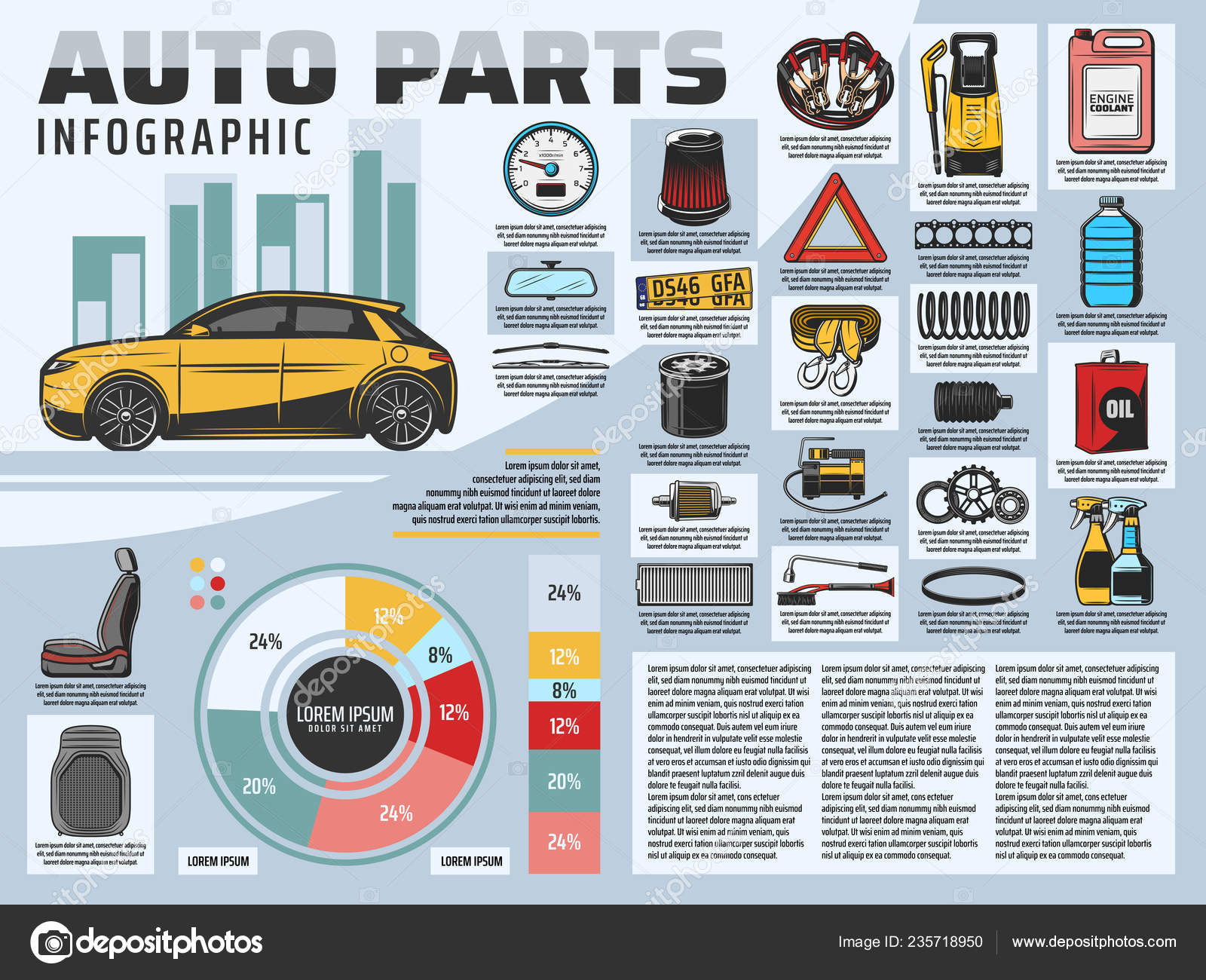Understanding The Meaning Behind Your Vehicle'S Warning Lighting: An In-Depth Look
Understanding The Meaning Behind Your Vehicle'S Warning Lighting: An In-Depth Look
Blog Article
Composed By-Higgins Stark
When you lag the wheel, those radiant caution lights on your control panel can be a little bit puzzling. Do you recognize what they're attempting to tell you about your automobile's health and wellness? Recognizing the relevance of these lights is vital for your safety and the long life of your automobile. So, the following time one of those lights turns up, would not you intend to analyze its message properly and take the essential steps to address it?
Common Warning Lighting and Interpretations
Determine common caution lights in your automobile and recognize their definitions to make sure safe driving.
The most common caution lights consist of the check engine light, which signals concerns with the engine or exhausts system. If this light begins, it's essential to have your automobile checked without delay.
The oil pressure warning light suggests low oil stress, calling for instant focus to stop engine damage.
A flashing battery light could suggest a defective charging system, potentially leaving you stranded if not addressed.
The tire pressure monitoring system (TPMS) light alerts you to low tire stress, affecting vehicle stability and fuel efficiency. Disregarding this could bring about dangerous driving problems.
The abdominal light shows a problem with the anti-lock braking system, compromising your ability to quit quickly in emergency situations.
Lastly, the coolant temperature cautioning light warns of engine getting too hot, which can result in extreme damages if not resolved promptly.
Understanding these common warning lights will assist you resolve issues without delay and preserve risk-free driving problems.
Relevance of Prompt Focus
Recognizing the common caution lights in your auto is just the primary step; the relevance of promptly resolving these warnings can't be emphasized sufficient to guarantee your safety and security when driving.
When a warning light illuminates on your control panel, it's your vehicle's means of connecting a prospective concern that requires focus. Ignoring these cautions can result in a lot more severe issues in the future, endangering your security and potentially costing you more in repairs.
https://www.kbb.com/car-news/coronavirus-covid-19-car-buying-advice-deals/ to cautioning lights can stop failures and crashes. For example, a blinking check engine light might show a misfire that, if left ignored, might trigger damage to the catalytic converter. Resolving this without delay can conserve you from a costly repair.
Similarly, a brake system advising light might signal reduced brake liquid or used brake pads, critical components for your safety when driving.
Do It Yourself Troubleshooting Tips
If you notice a caution light on your dashboard, there are a couple of do it yourself fixing suggestions you can attempt prior to looking for expert aid.
The very first step is to consult your car's manual to understand what the specific caution light indicates. Occasionally the issue can be as simple as a loosened gas cap causing the check engine light. Tightening up the gas cap may deal with the problem.
Another typical issue is a reduced battery, which can cause different cautioning lights. Inspecting the battery links for deterioration and guaranteeing they're safe and secure may repair the issue.
If a warning light lingers, you can try resetting it by disconnecting the car's battery for a few mins and afterwards reconnecting it. In addition, inspecting your car's liquid levels, such as oil, coolant, and brake liquid, can help troubleshoot alerting lights associated with these systems.
Final thought
Finally, recognizing your automobile's caution lights is essential for keeping your car running efficiently and securely. By promptly addressing these informs and knowing what they indicate, you can stay clear of costly repairs and prospective break downs.
Bear in mind to consult your cars and truck's manual for specific details on each warning light and take action accordingly to ensure a hassle-free driving experience.
Remain informed, stay safe when driving!
